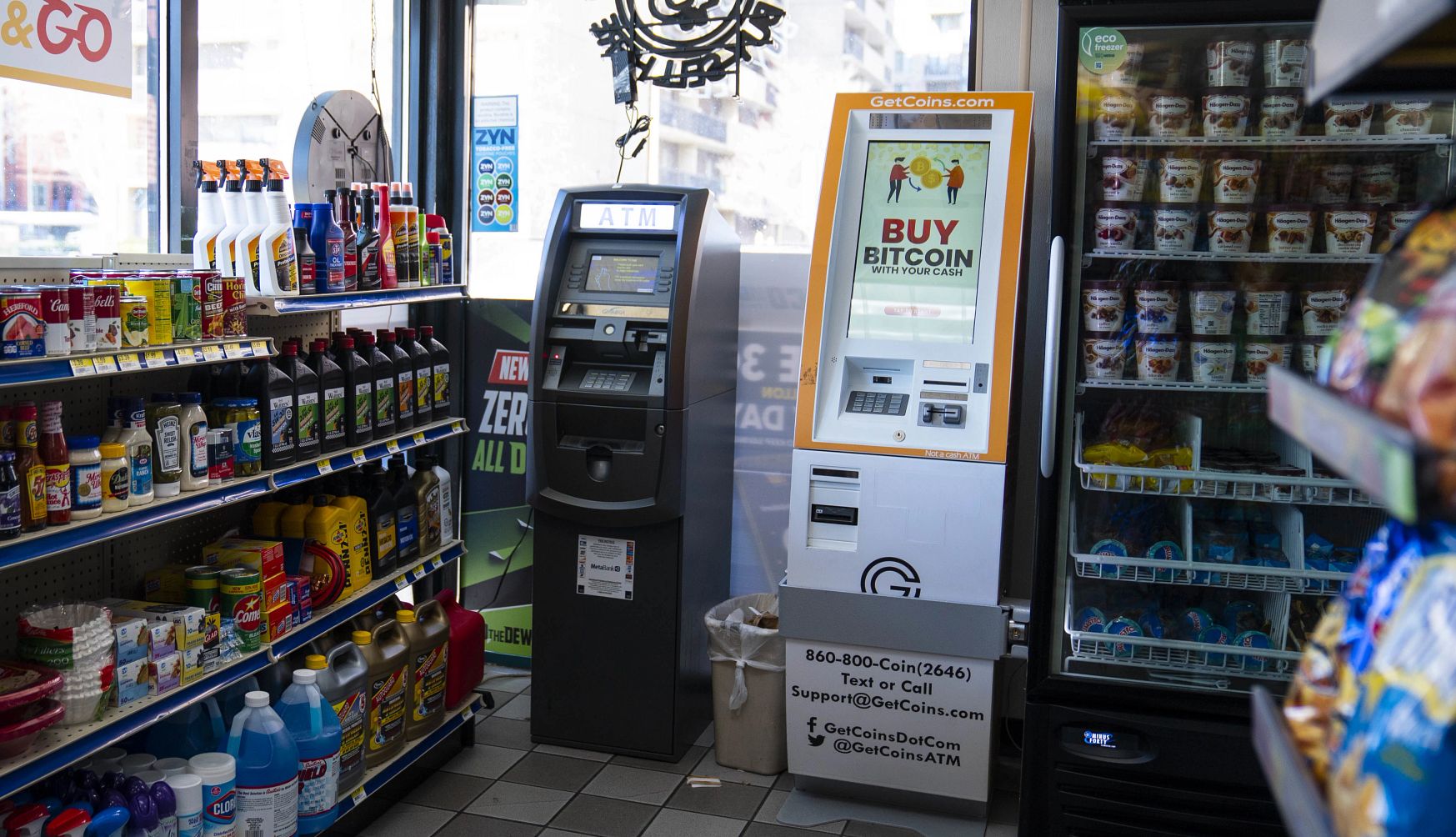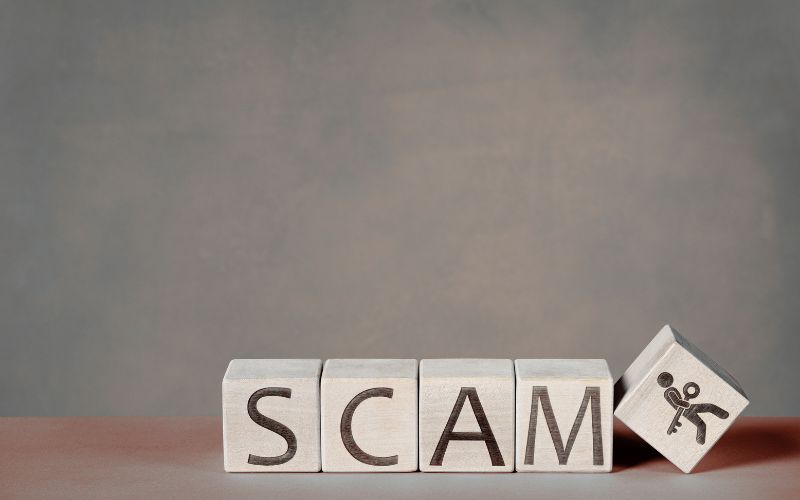Kiosks are everywhere, helping scammers steal cash from victims
By Sari Harrar, AARP, Published March 29, 2024
After scammers posing as federal agents convinced Alaina Weisman that her bank accounts had been compromised, she found herself feeding more than $11,000 in hundred-dollar bills into a cryptocurrency ATM inside a cannabis dispensary last October in Santa Fe, New Mexico.
“I remember the sound of the machine sucking up my money — whoosh, ping!” says Weisman, 77, an actor and writer.
Dispensary staffers gave her a chair, so she could sit down for the long transaction. “I was so upset I forgot about my sick dog in the car,” she says. The criminals said the money would help the government protect her bank accounts. Before she fed in the cash, the ATM flashed warnings about scams. “But I was instructed to lie,” says Weisman, who had scanned a QR code provided by the scammers into the ATM. That code sent her money directly to their cryptocurrency wallet.
It was the nightmare start of a series of schemes pulled off by the same criminals that ultimately cost Weisman $159,000.
For years, gift cards, bank transfers and payment apps were the preferred way for scammers to get victims’ money, as each has been widely accessible and the transactions mostly untraceable. But consumers, law enforcement and the businesses behind these services have caught on to this, and protections are growing. The scammers’ solution: increasingly directing their victims to pay up the way Weisman did — at a “crypto ATM.”
What are crypto ATMs?
You may have noticed these often-colorful kiosks that are popping up in supermarkets, convenience stores, gas stations, restaurants, liquor stores and even laundromats across the U.S. There are more than 49,000 crypto ATMs in the United States, up from only about 1,200 at the end of 2017.
Though crypto ATMs are a legitimate way to convert real dollars into cryptodollars — and most are licensed and used for their intended and legal purposes — they are also a favorite payment method for scammers. They’re frequently used in government impostor scams, romance scams, grandparent scams, fraudulent online sales, employment scams, lottery scams and other schemes, law enforcement officials say.
Criminals enticed people to feed $22 million into the machines for government impostor scams alone in 2021, according to the Federal Trade Commission. And they were used in at least $35 million in fraudulent transactions in 2022, the Federal Reserve reports.
Crypto kiosks look like traditional bank ATMs — a similarity scammers exploit. “Scammers often just tell victims, ‘Go to the ATM at the convenience store’ — the victim doesn’t even realize it’s a crypto machine,” says Amy Nofziger, director of fraud victim support for the AARP Fraud Watch Network.
Why scammers love them
For one, the kiosks quickly move victims’ cash into tough-to-trace cryptocurrency accounts owned by criminals. “Scammers take advantage of crypto because of the anonymity,” says Special Agent Trenson Akana of the U.S. Secret Service Criminal Investigative Division. “Once the money’s on the block chain or public ledger, they can transfer and launder it in many ways.” The company that owned the machine Weisman used told her the money was untraceable, she says.
Some, but not all, crypto ATMs warn users about scammers, says Xavier Diaz, public safety intelligence analyst with the Ohio Narcotics Intelligence Center.
Scammers use this variability to their advantage, sending their marks to unlicensed kiosks that don’t meet federal registration requirements, says Clark Flynt-Barr, AARP government affairs director for financial security.
Scam victims typically deposit cash in amounts ranging up to tens of thousands of dollars, according to law enforcement and AARP Fraud Watch Network reports. “A woman told me it took her two hours to deposit $80,000 in cash into a crypto ATM,” Nofziger says.
Several states have passed laws that would tighten regulation of crypto ATMs to protect consumers.
Protect yourself
Remember that a request to pay via a crypto ATM is a red flag that you may have stumbled into a scam, says Sgt. Jacob Pearce, a spokesperson for the Fairfax County Police Department in Virginia. “Legitimate businesses and government agencies don’t take payment through crypto ATMs,” he adds.
If you spot or have experienced a scam
Report scams to the Federal Trade Commission (FTC) at reportfraud.ftc.gov and the Federal Bureau of Investigation’s Internet Crime Complaint Center at IC3.gov. The more information they have, the better they can identify patterns, link cases and ultimately catch the criminals.
Read this story for detailed information on ways victims can protect themselves from further money loss or identity theft after a scam.
You can also contact the AARP Fraud Watch Network Helpline, 877-908-3360, a free resource; call to speak with trained fraud specialists who provide support and guidance on what to do next and how to avoid scams. The AARP Fraud Watch Network also offers online group support sessions.







